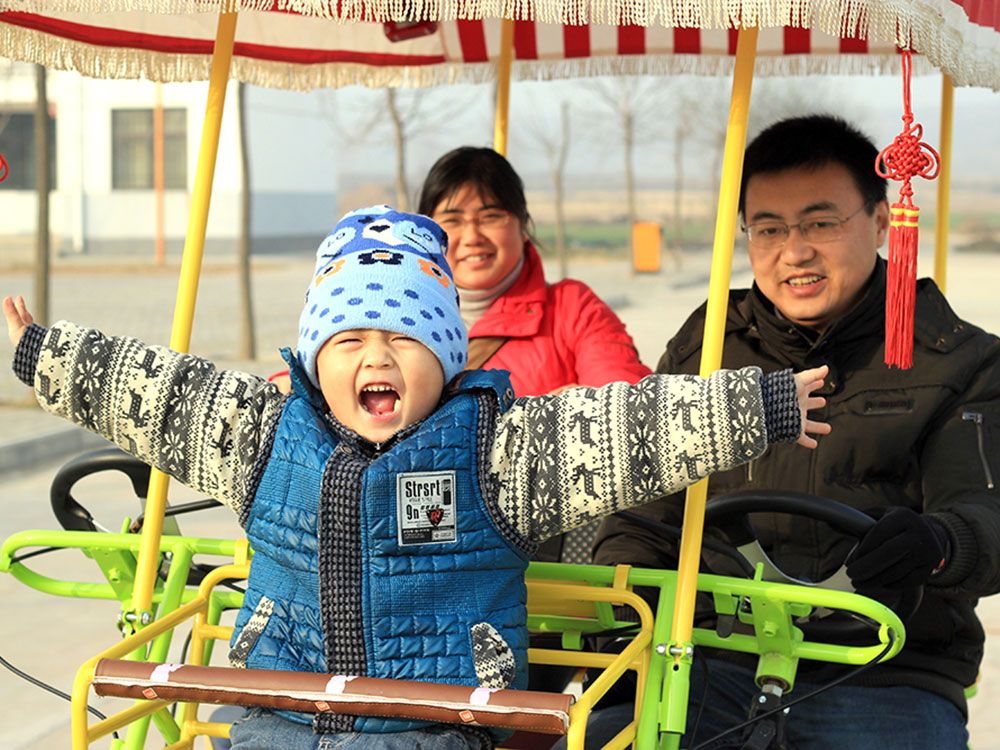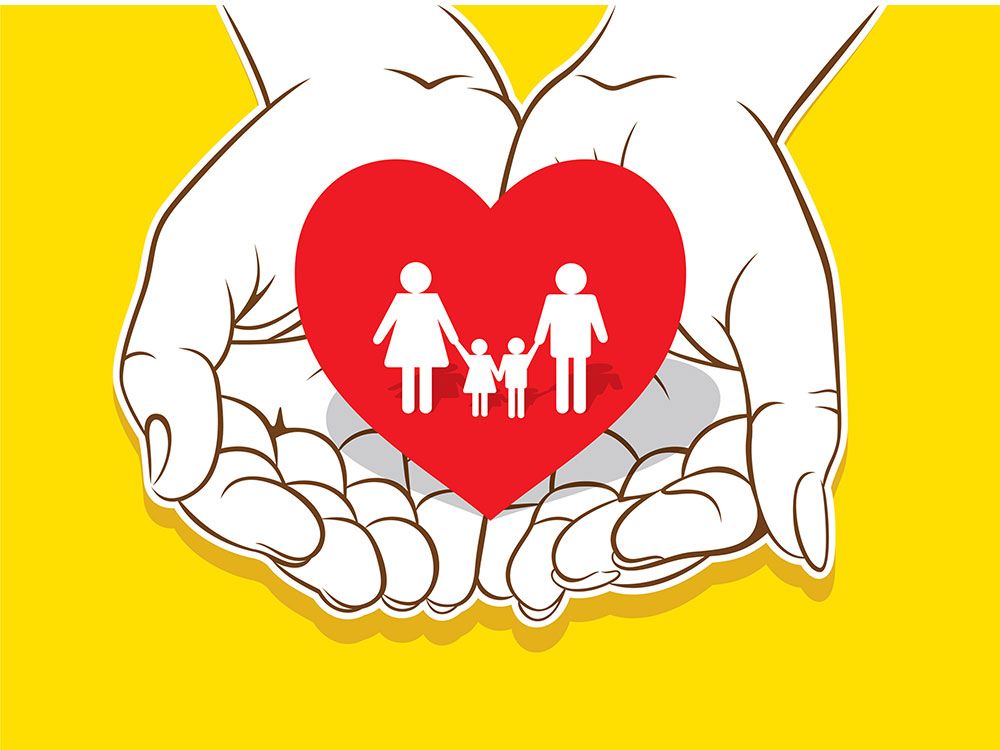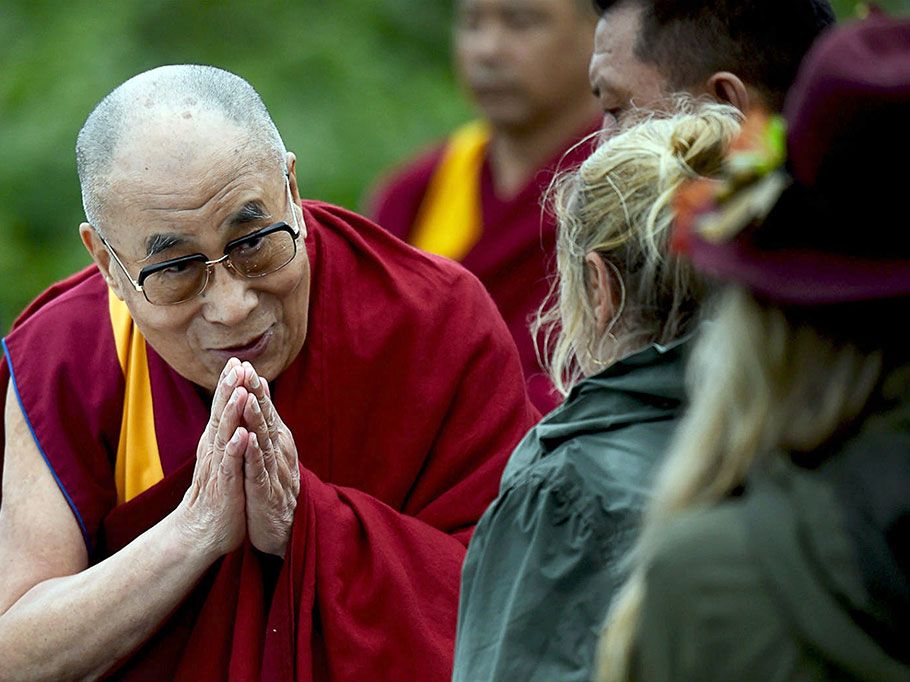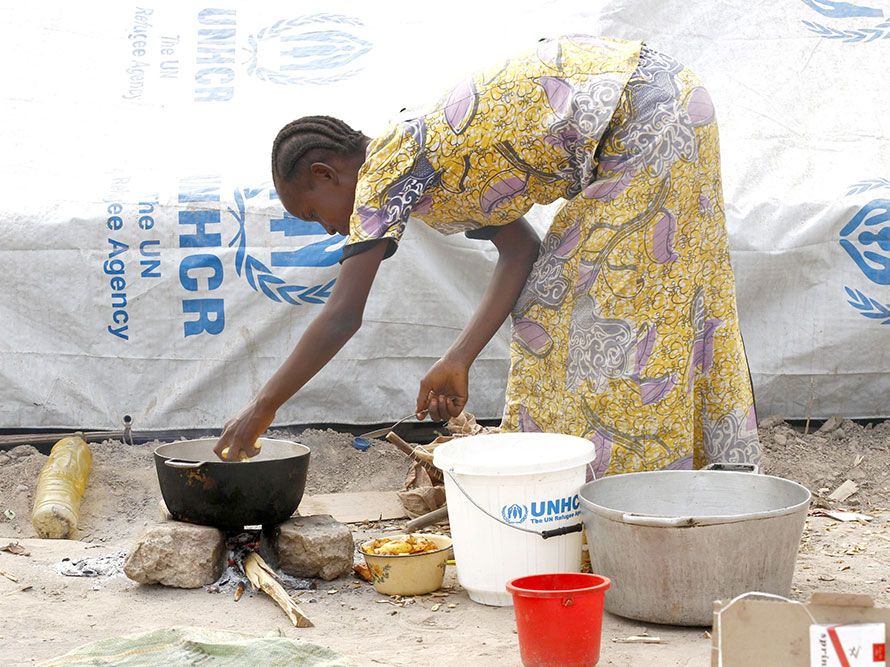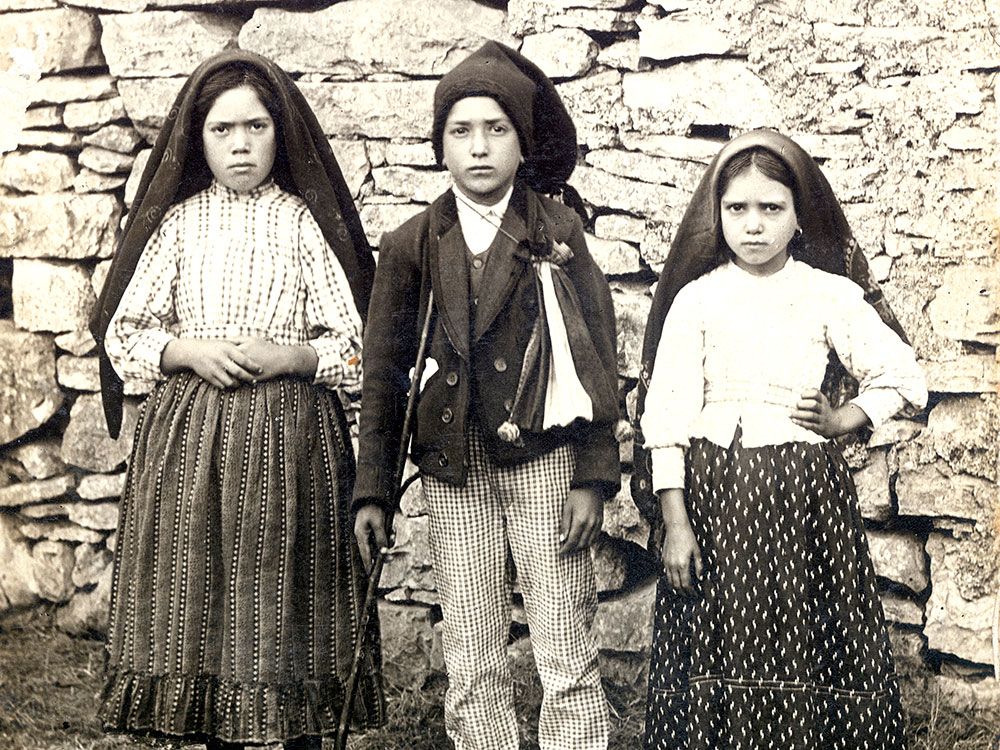Liu Hua and her husband cherish every moment with their 9-year old son. From the time he crawled, took his first baby steps, and up to the day he started attending school, everything was documented in photographs. These memories are also forever etched in Liu’s and her husband’s hearts. After all, when Xiaoming was born in 2007, he was the only child they could have under Chinese law. But Liu and her husband felt incomplete. They also didn’t want their son to be lonely growing up. So they thought of having a second child.
Being urbanites and belonging to the upper middle class, Liu and her husband knew that they would be subject to fines (and much worse, forced abortions) if they carried on with a second pregnancy. But the couple was determined. During the first trimester of her pregnancy, however, Liu Hua lost her baby. Doctors attributed it to physiological factors related to her age. Liu and her husband were devastated.
Liu Hua’s story is an all-too-familiar scene in Chinese mainland society because of the Communist Party’s one-child policy. Enforced in 1979 by the great reformer Deng Xiaoping, its main purpose was to control the country’s population growth and thus ensure food security for the Chinese people. China’s population would have reached 1.67 billion today without government intervention. (The Chinese population is now at 1.37 billion). Under the rule, a couple can only have a second child if both of them had grown up as the only children in their respective families. In the same way, rural or ethnic minority couples can have a second child without incurring fines or penalties if their first child is female, a concession to Chinese society’s partiality to male offspring.
Multifaceted problems
The policy definitely served its purpose in producing enough food and allocating more funds and infrastructure to ensure food security. After all, which government of the most populous nation would want its people to starve? Logic dictates that preventing famine would consequently prevent the quest for arable land, illegal occupation of terretories for food, and ultimately, war. Undeniably, the destruction of an entire populace has been averted.
Over the years, however, the policy has been rearing its ugly head. During the early days of its implementation, women who have been found to be pregnant with a second child against the rules were forced to get an abortion and either she or her husband was sterilized. Such forced abortions and sterilizations were still carried out as recently as the first part of this decade.
In June 2012, for example, the story of Feng Jianmei, a pregnant woman in Shaanxi Province, went viral after pictures of her lying beside her dead 7-month old infant circulated in China and the world over. While her husband was at work, Feng was beaten up and dragged by family planning bureau officials to a clinic to terminate her pregnancy. Despite repeated demands, the couple failed to pay the bureau the almost U.S.$ 6,000.00 fine required of couples who are having a second child. Feng’s story has henceforth been cited in recent criticisms of the policy.
There have also been reports, mostly by Western media, of campaigns in several provinces in the first decade of this millennium, of family planning officials raiding homes of families with two children, forcing either parent to be sterilized.
Official records reveal that, in 2013, there have been 330 million state-mandated abortions and almost 2 million sterilizations.
As a result of the outright termination of life or/and the curtailment of freedom to procreate, the concept of family has also been reconfigured. Aside from growing up with no brothers or sisters, two generations of Chinese did not get to have cousins, aunts or uncles. Growing up with their parents’ and grandparents’ attention (and money) focused on them and with no experience of how it is to live with a sibling (and perhaps with no concept of sharing too), this pampered generation of single children, who earned the unflattering moniker of “little emperors,” had the tendency to be more self-centered. A lot of pressure has also been placed on these children to become successful academically as the “reward” (both material and emotional) has been put forth by their parents before they even started school.
From macro to micro
In the past years, the “choice” to have one child has also turned from institutional to personal, even cosmetic. The preference for male offspring by the patriarchal Chinese society has led to sex-selective abortions or female infanticide. As a consequence, too, some couples opt not to have children at all because of the pressure of “not getting it correctly” the only opportunity they have to produce a male offspring. In fact, these days, one can see many young and middle-aged couples, especially in highly-urbanized centers, living with dogs or cats instead of nurturing human beings.
New technology has complicated the decision-making process even further. With tests and tools that can determine an unborn child’s gender early on in a pregnancy, couples can “opt out” of the pregnancy sooner than later if the fetus is female.
Fast-forward to today, China has too many elderly people to care for and a profoundly decreased younger population and, therefore, labor force, that is needed to support the economy and care for the ageing population. By 2050, there will be 45 people over the age of 65 for every 100 people aged 20-64 (labor force).
Traditionally, children, when they are all grown up and established, are tasked to take care of their parents. The ageing parents are taken into the children’s home and, in turn, as grandparents, they take care of their grandchildren while the kids’ moms and dads are at work, busy earning the day’s wage to sustain what is supposed to be the picture of a blissful, close-knit and traditional Chinese family.
Furthermore, the male-to-female ratio has also become disproportionate. Chinese men outnumber women by more than 30 million, with 115 boys for every 100 girls being born, according to statistics released in 2014.
On a moral and intimate level, more young men and women are being encouraged to marry even when they are not ready or not compatible. Forced marriages or marriages of convenience are carried out to save the family’s honor and to preserve tradition. Inversely, as China is opening up more and more globally and financially, more young people are delaying marriage or even foregoing it to focus more on career and wealth-accumulation.
Because of these aberrations in the population and relationships, the Chinese government tried to relax the one-child policy two years ago by allowing couples to have a second child if one of the parents grew up as an only child. Unfortunately, this softening of the policy did not seem to work. Parents, again, mostly in urban zones, mindful of the high cost of rearing a second child, did not want to take the risk.
Two will do
Last year, Chinese fiscal planners and health ministry officials calculated that women should now have an average birth rate of around 2.1 children in their lifetime in order to correct the imbalance and sustain the growth of the world’s second largest economy. At present, the average birth rate of Chinese women is at 1.55 children throughout their entire life.
Thus, at the conclusion of their autumn meeting in 2015, the Central Committee of the Chinese Communist Party announced that they are doing away with the 36-year old one-child policy and replacing it with a two-child one. This meant that effective January 1, 2016, all Chinese couples are encouraged to have two children to correct the population anomaly. However, it remains to be seen if there will be takers, given the 2014 experience.
More than fixing relationships, however, the government hopes that having two children will help boost the slowing economy as it will increase the supply and demand for children’s products. Unfortunately, experts believe the policy will not solve the problems mentioned above in the short term, as it will only increase young and elderly dependents.
Going against nature
The Catholic Church has always waged a war against “Neo-Malthusianism” or present day theories or attempts to control population growth to ensure resources and prevent a global food crisis. Blessed Paul VI’s prophetic 1968 encyclical Humanae Vitae (HV), which has been affirmed by popes and scholars time and again, has emphasized the Church’s rejection of the use of any form of contraception.
Humanae Vitae also warned of abuse by those in authority of the use of artificial means of birth control. “Finally, careful consideration should be given to the danger of this power passing into the hands of those public authorities who care little for the precepts of the moral law. Who will blame a government which, in its attempt to resolve the problems affecting an entire country, resorts to the same measures as are regarded as lawful by married people in the solution of a particular family difficulty? Who will prevent public authorities from favoring those contraceptive methods which they consider more effective? Should they regard this as necessary, they may even impose their use on everyone” (HV, 17).
This sort of meddling by authorities not only has consequences on the relationships and dynamics within the family but in the social landscape at large. This is clear in China’s disproportionate ratio between young and old, male and female. It has also redefined, if not altered, people’s behaviors and relationship norms as a result of too much attention showered on one child.
Pope Francis reinforced the Church’s teaching against birth control and state intervention in his encyclical Laudato Si as well: “How can we genuinely teach the importance of concern for other vulnerable things, however troublesome or inconvenient they may be, if we fail to protect a human embryo, even when its presence is uncomfortable and creates difficulties?” (120). In the Chinese context, even if the reason is to stockpile food for the grown and growing population, the death of even a single unborn child can never be justified.
Teaching moment
The world has learned much about the consequences of the one-child policy and how altering the course of nature has truly damaging effects. However, it has to be said that simply doing the opposite will not have any serious impact as well. While the Catholic faithful have long held the passage in the biblical story of creation, “Be fertile and multiply; fill the earth and subdue it,” (Gen 1:28) as God’s marching order for humans to procreate seemingly without limit, the passage does not give everyone the license to breed like rabbits. “Some think that – excuse the word– in order to be good Catholics we have to be like rabbits. No,” Pope Francis said in January 2015, during an in-flight press conference back to Rome from his apostolic visit to the Philippines.
Pope Francis suggested that parents be responsible enough to limit the number of children they have without having to use artificial means of birth control. Blessed Paul VI also defined responsible parenthood in Humanae Vitae: “With regard to physical, economic, psychological and social conditions, responsible parenthood is exercised by those who prudently and generously decide to have more children, and by those who, for serious reasons and with due respect to moral precepts, decide not to have additional children for either a certain or an indefinite period of time.” (HV, 10)
But even without citing divine, moral and Church law against the one-child policy, there is no arguing that natural law, which applies even to Communist states, must be respected and observed in order to preserve and sustain balance.

